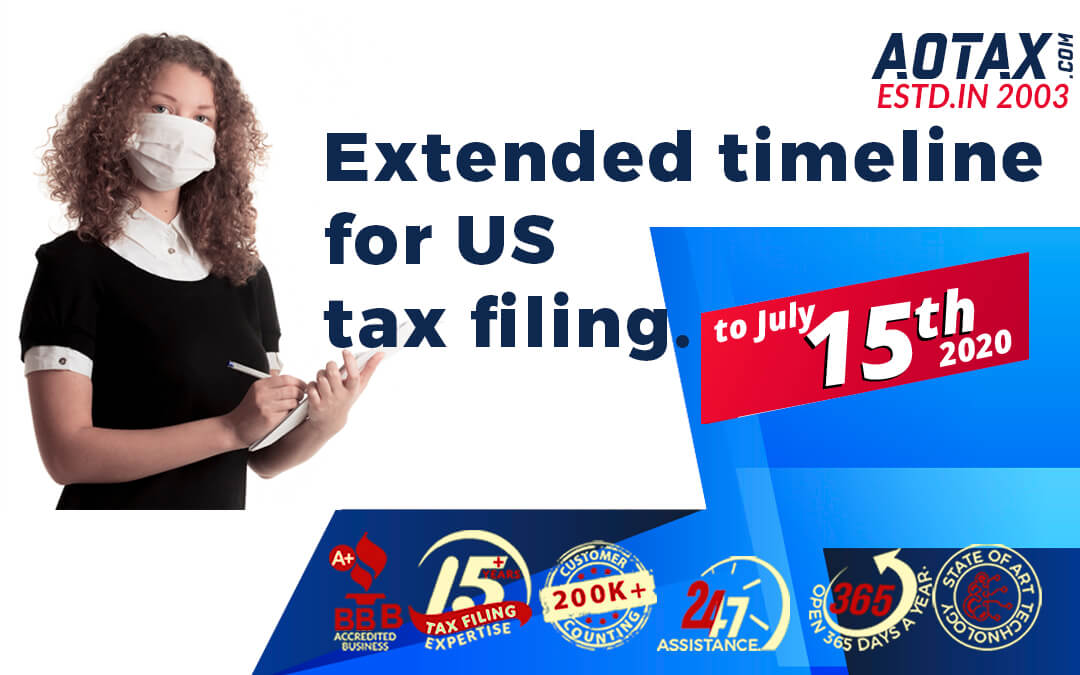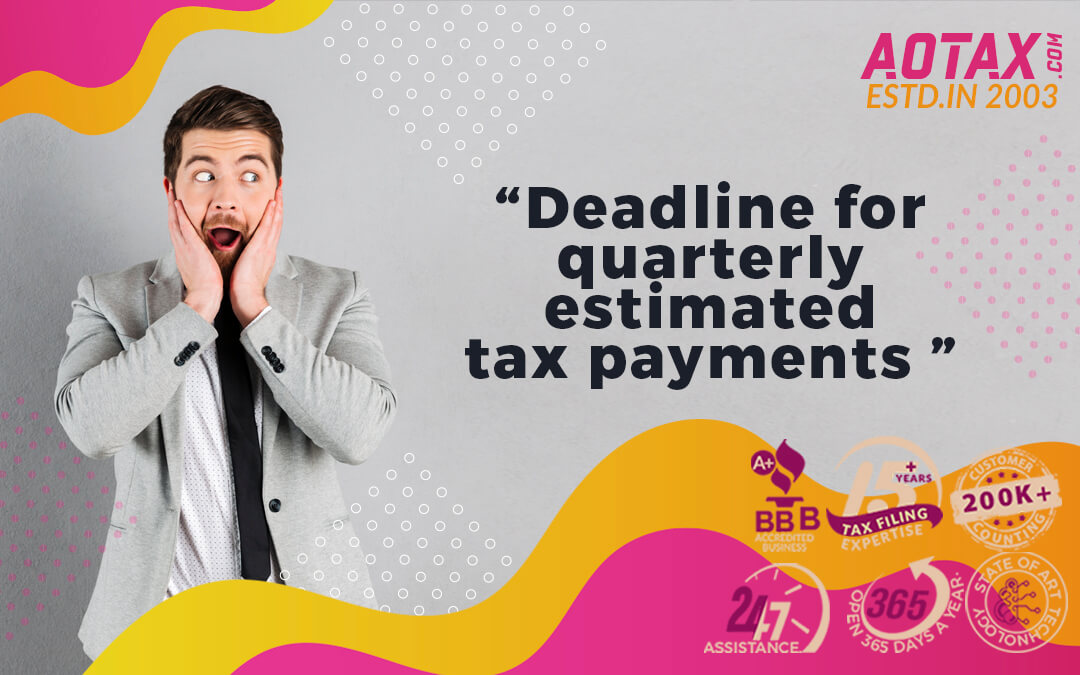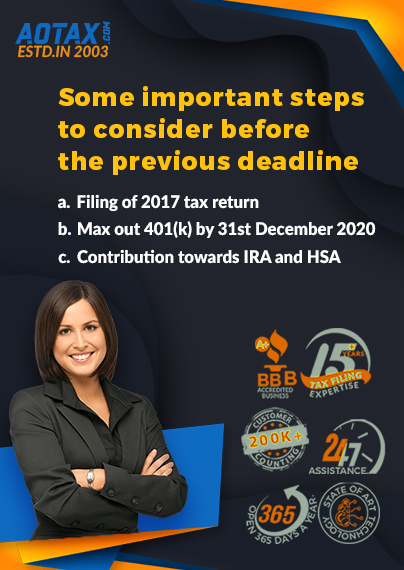The 2020 guide for tax checklist for newly married couples in the US
The 2020 guide for tax checklist for newly married couples
in the US.

On your wedding day, taxes can be the last thing in your mind; but, tying the knot can have a huge impact on your tax situation.
- In the tax year 2020, single people would pay tax at the rate of 37% on the taxable income which is above $518,400.
- For those married couples who are filing their tax returns jointly, the threshold is just $622,051 which is far from double the amount which is available for the single taxpayers. This can be a very significant tax penalty.
- However, there are some cases in which the married would also get a marriage bonus. This means married couples would pay less income tax than they would have paid in case of being single.
Here is a checklist of the important items which you must review if you are a newly married couple.
Change of name and address
Name Change
If you are changing your name through your marriage, you must report it to the Social Security Administration. Your name on your tax return must match the name which is present on the file at the SSA. If there is a mismatch, then it can lead to a tax refund. For updating this information, you can fill out Form SS-5. You can take the completed form to the local office of the SSA along with the documents which would prove your identity and a certified copy of your marriage certificate.
In case, you are already at the tax filing deadline but have not changed your name with the SSA then you can file a joint return with your spouse by using the name mentioned in your Social Security Card.
Address Change
If there has been a change in your address due to marriage, then you must inform it to the IRS and the US Postal Services. You can do this by filing the IRS Form 8822 Change of Address. The postal services must be informed to forward your mails to your new address by going online at USPS.com or by visiting the local post office.
Withholding
After marriage, you and your spouse must change the withholding. This can be done by filling out a new Form W-4. Newlywed couples must give this new Form W-4to their employers within 10 days. When both the spouses are working, they would move into a higher tax bracket or can be affected by the Additional Medicare Tax. The IRS Withholding Estimator on the website IRS.gov can be used to complete the new Form W-4.
The IRS has revised the Form W-4 for the tax year 2020. The new form would help determine how much federal income tax must be withheld from your paycheck based on your
- Filling status
- Other income
- Credits and deductions
Filing Status
Married people would be able to choose to file their income taxes either jointly or even separately. Even if filing jointly is more beneficial, it is good if you find out which works the best among both the ways. If you are married as of 31st Dec of the tax year, the IRS would consider you to be married for the full year.
However, after marriage the process of filing tax returns with the Married filing separately Status would rarely work in reducing your tax bill. If you are choosing “Married but filing separately” Status, then it would have some special rules such as.
- You cannot deduct Student Loan Interest.
- You cannot claim the Earned Income Tax Credit
- You cannot claim the Child and Dependent Credit
- Your deduction related to Capital losses is limited to $1500 instead of $3000 which can be in case of a joint return.
Scams
You need to be aware of and avoid the various tax scams. Any contact by the IRS will not be initiated by using the email, phone calls, or any other text messages. You can check out your details or if you think you owe money to the IRS, and then you must visit the IRS webpage and view your tax account.
Conclusion
So, these tax rules and checklist would give you a clear idea about how your tax is going to be impacted after your wedding. You must know about the changes that would occur and the steps you must take to be eligible for availing the tax benefits after being a married couple.













Recent Comments